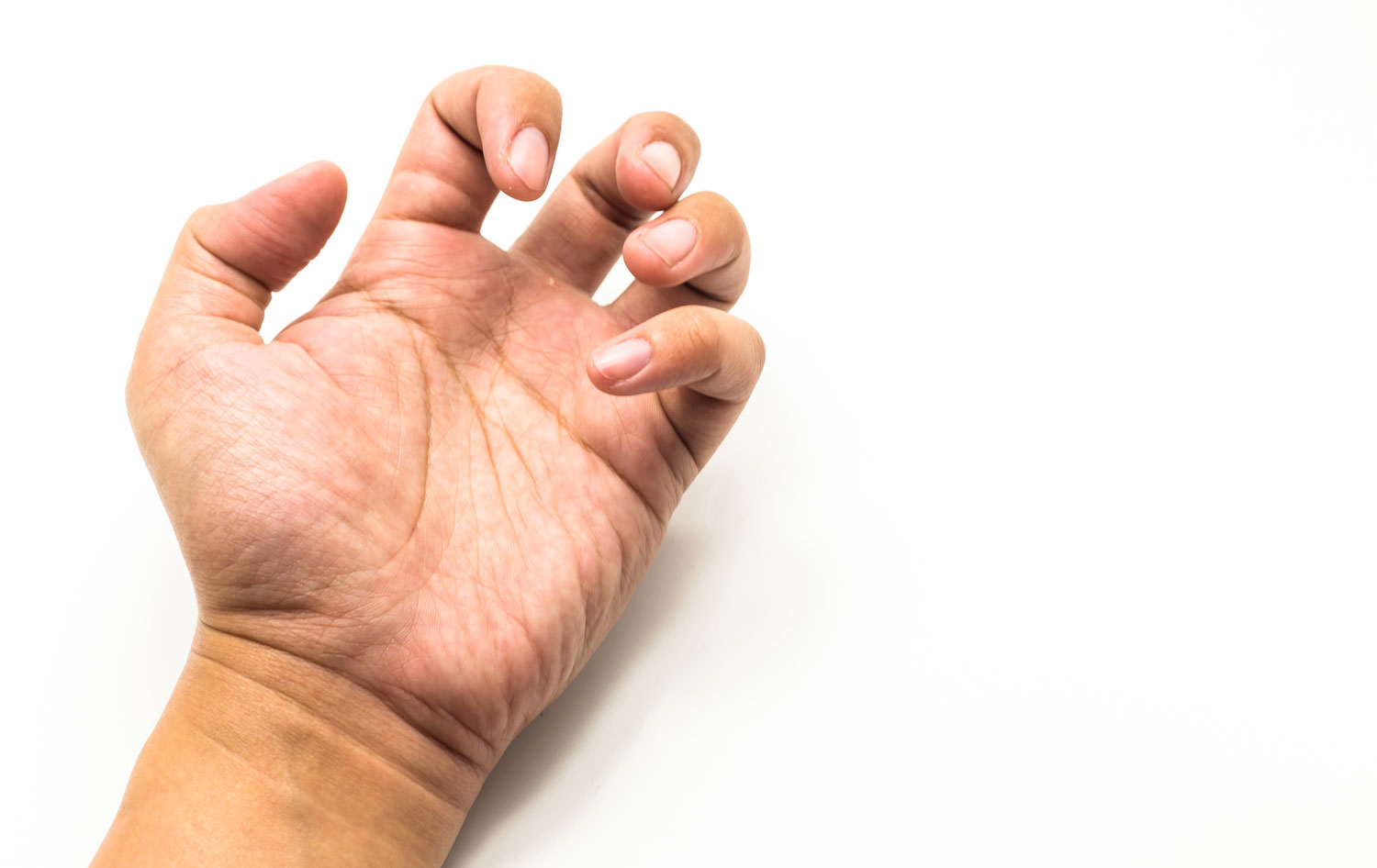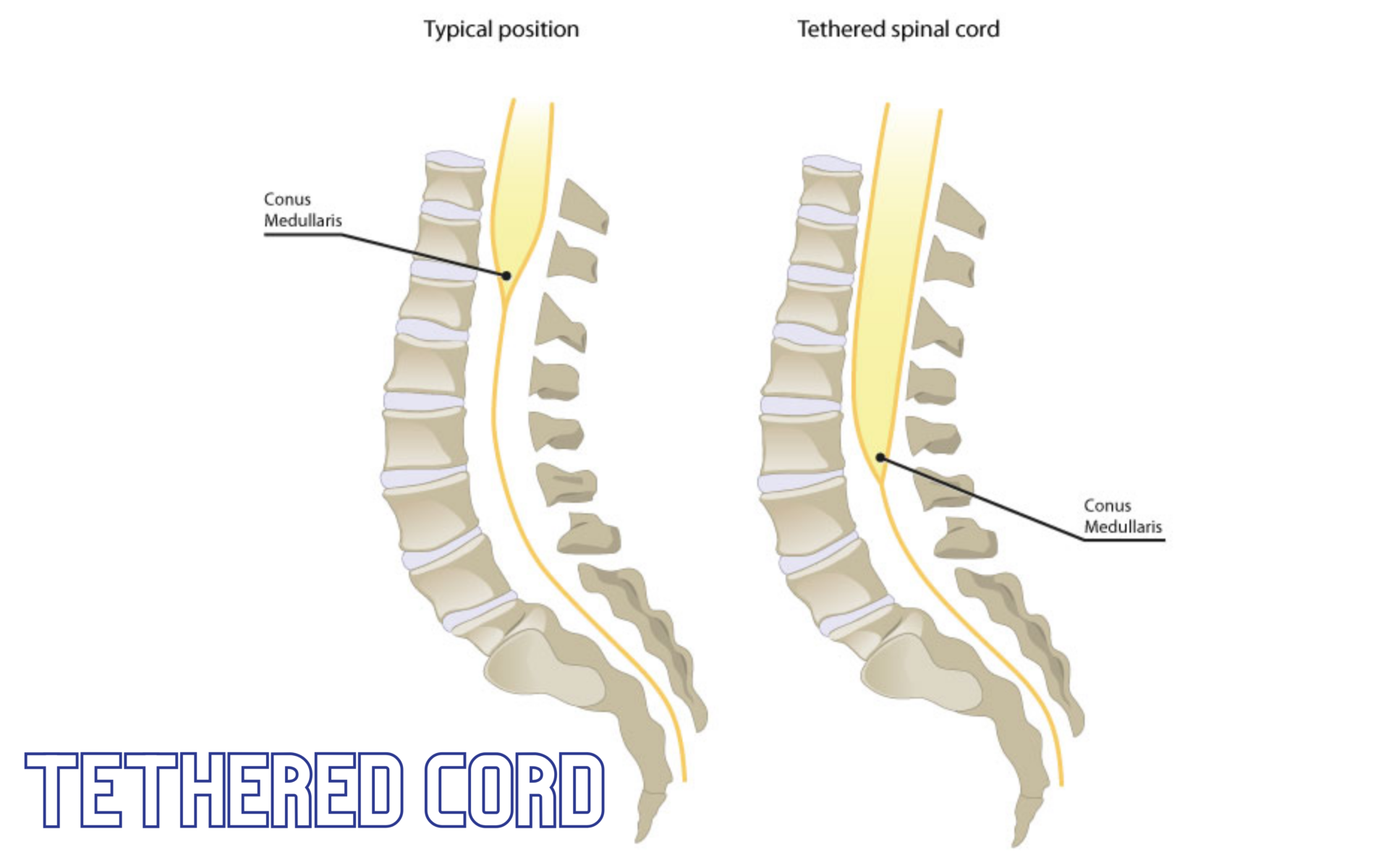Tethered Spinal Cord Syndrome Tethered spinal cord syndrome is a neurological disorder caused by tissue…

Spasticity
Spasticity is a condition in which certain muscles are continuously contracted. This contraction causes stiffness or tightness of the muscles and can interfere with normal movement, speech and gait. Spasticity is usually caused by damage to the portion of the brain or spinal cord that controls voluntary movement. The damage causes a change in the balance of signals between the nervous system and the muscles. This imbalance leads to increased activity in the muscles. Spasticity negatively affects muscles and joints of the extremities and is particularly harmful to growing children.
Treatments
There are several types of treatment available that must be evaluated on a case-by-case basis, depending on the underlying cause, age of the patient and severity of the spasticity.
Physical and Occupational Therapy. Physical and occupational therapy for spasticity is designed to reduce muscle tone, maintain or improve range of motion and mobility, increase strength and coordination and improve comfort. Therapy may include stretching and strengthening exercises, temporary braces or casts, limb positioning, application of cold packs, electrical stimulation and biofeedback.
Oral Medications. The use of oral medications to treat spasticity may be indicated when symptoms interfere with daily functioning or with sleep. Effective medication management may require the use of two or more drugs or a combination of oral medications with another type of treatment. It is very important to work closely with a doctor to devise an individualized treatment plan. Side effects vary greatly by class of medication and patient.
Botulinum Toxin (BTA) Injections. BTA, also known as Botox injections, when used in tiny amounts, have proven effective in paralyzing spastic muscles. Injection sites are carefully determined based on the pattern of spasticity.
When Botox is injected into the muscle(s), the release of acetylcholine is blocked, resulting in a relaxation of overactive muscles. The injection(s) generally take effect within a few days and last about 12-16 weeks, until new nerve endings grow back and the affected muscle(s) recover. Functional benefits may last longer than this. There are limitations in the number of injections that can be administered.
Surgery. The primary neurosurgical procedures to treat spasticity are intrathecal baclofen (ITB) pumps and selective dorsal rhizotomy (SDR).



